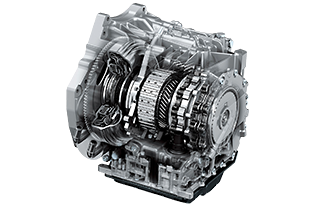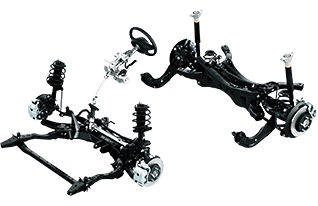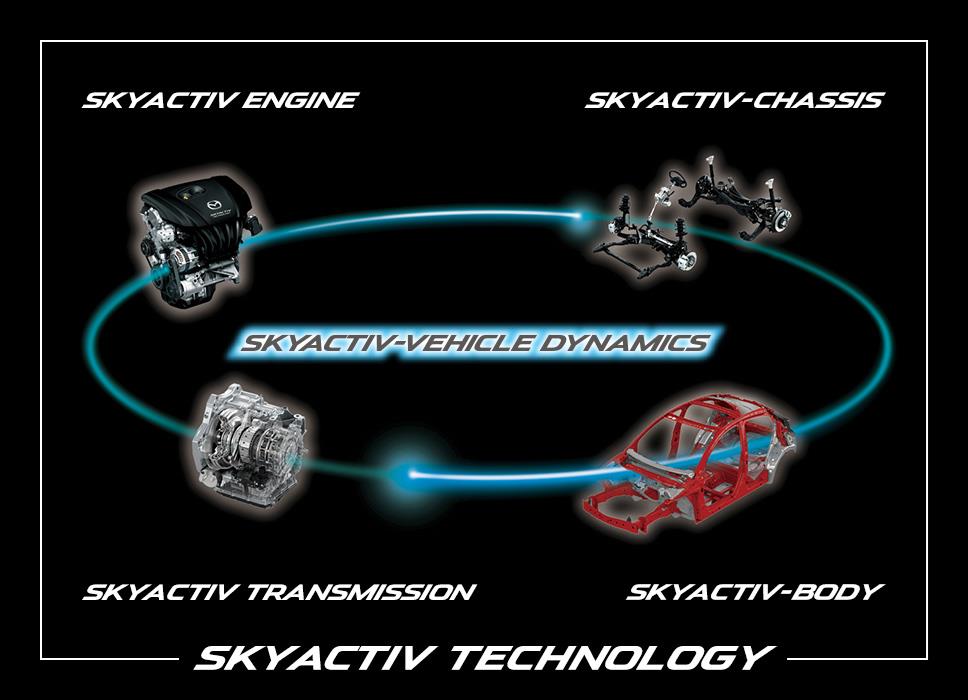SKYACTIV-G

A new-generation highly-efficient direct-injection gasoline engine that achieves the world's highest gasoline engine compression ratio of 14.0:1
Features of SKYACTIV-G
・The world’s first gasoline engine for mass production vehicles to achieve a high compression ratio of 14.0:1
・Significantly improved engine efficiency thanks to the high compression combustion, resulting in 15 percent increases in fuel efficiency and torque
・Improved everyday driving thanks to increased torque at low- to mid-engine speeds
・A 4-2-1 exhaust system, cavity pistons, multihole injectors and other innovations enable the high compression ratio
*The 15% improvement in fuel efficiency and torque was calculated by comparing SKYACTIV-G to Mazda's current gasoline engine.
Compression ratio, fuel economy and torque vary according to market, carline and transmission.
Merits and Issues of a High Compression Ratio
Increasing the compression ratio considerably improves thermal efficiency. The compression ratio of recent gas engines is generally around 10:1 to 12:1.
Theoretically, if the compression ratio is raised from 10:1 to 15:1, the thermal efficiency will improve by roughly 9%. However, one of the reasons preventing the spread of high compression ratio gas engines is the large torque drop due to knocking (Fig.1).
Knocking is abnormal combustion in which the air-fuel mixture ignites prematurely due to exposure to high temperature and pressure, creating an unwanted high-frequency noise. When the compression ratio is increased, the temperature at compression top dead center (TDC) also rises, increasing the probability of knocking.
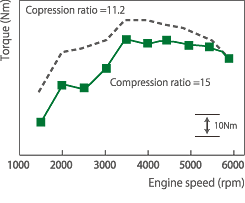
fig.1:Torque decrease due to increased compression ratio
In order to lower the temperature at compression TDC, reducing the amount of hot exhaust gas remaining inside the combustion chamber is effective. For example, with a compression ratio of 10:1, a residual gas temperature of 750 deg. C, and an intake air temperature of 25 deg. C, if 10% of the exhaust gas remains, the temperature inside the cylinder before compression increases by roughly 70 deg. C, and the temperature at compression TDC is calculated to increase by roughly 160 deg. C. Therefore, it can be easily inferred that the amount of residual gas has an major impact on knocking.
These calculations are summarized in Fig.2, and as indicated, if the amount of residual gas is halved from 8% to 4%, the temperature at compression TDC is calculated to remain the same even when the compression ratio is increased from 11:1 to 14:1.
This reduction of residual gas was focused on for SKYACTIV-G, enabling the realization of a high compression ratio gasoline engine.
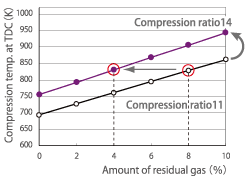
fig.2:Effect of residual gas reduction
Knock-Resistant Technologies
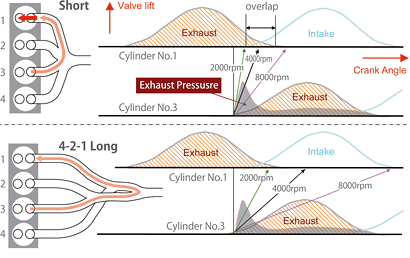
fig.3:Residual gas reduction by 4-2-1 exhaust system
4-2-1 Exhaust System
One option to significantly reduce residual gas is the adoption of a 4-2-1 exhaust system. As shown in Fig.3, when the exhaust manifold is short, the high pressure wave from the gas emerging immediately after cylinder No. 3’s exhaust valves open, for example, arrives at cylinder No.1 as it finishes its exhaust stroke and enters its intake stroke. As a result, exhaust gas which has just moved out of the cylinder is forced back inside the combustion chamber, increasing the amount of hot residual gas. With a short exhaust manifold, the high pressure wave arrives at the next cylinder within a short amount of time, causing this adverse effect to continue from low to high engine speeds. However, with a long 4-2-1 exhaust system, since it takes time for the high pressure wave to reach the next cylinder, the effect mentioned is limited to extra-low engine speeds, making the reduction of residual gas at almost all engine speeds possible.
In addition, a pipe length of over 600mm was necessary to elevate actual-use torque, but space was saved by adopting a loop shape.
The major issue with the 4-2-1 exhaust system is that the long distance cools the exhaust gas before it reaches the catalyst, delaying the catalyst’s activation. Exhaust gas temperature can be increased by delaying the ignition timing, but too much retardation causes unstable combustion. For SKYACTIV-G, stable combustion was realized even when the ignition timing after engine-start is considerably delayed.
This was made possible by adopting a piston cavity (Fig.4) and optimizing fuel injection in order to formulate a stratified air-fuel mixture around the spark plug. Furthermore, the piston cavity resolved the issue of the initial flame coming in contact with the piston head and generating a cooling loss.
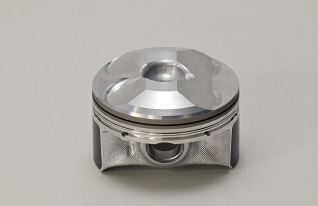
fig.4:Piston cavity
Combustion Improvement
To improve resistance to knocking, shortening of combustion duration was also attempted. The faster the combustion, the shorter amount of time the unburned air-fuel mixture is exposed to high temperatures, allowing for normal combustion to conclude before knocking occurs. Specifically, aside from creating a more homogeneous mixture by means of intensifying air flow, increasing injection pressure, and using multi-hole injectors to enhance fuel spray characteristics, a piston cavity is used to prevent the initial combustion flame from hitting the piston and interfering with the flame’s growth.
*The applications and numerical analysis each technology depend on such models, grades and specifications of vehicle.




